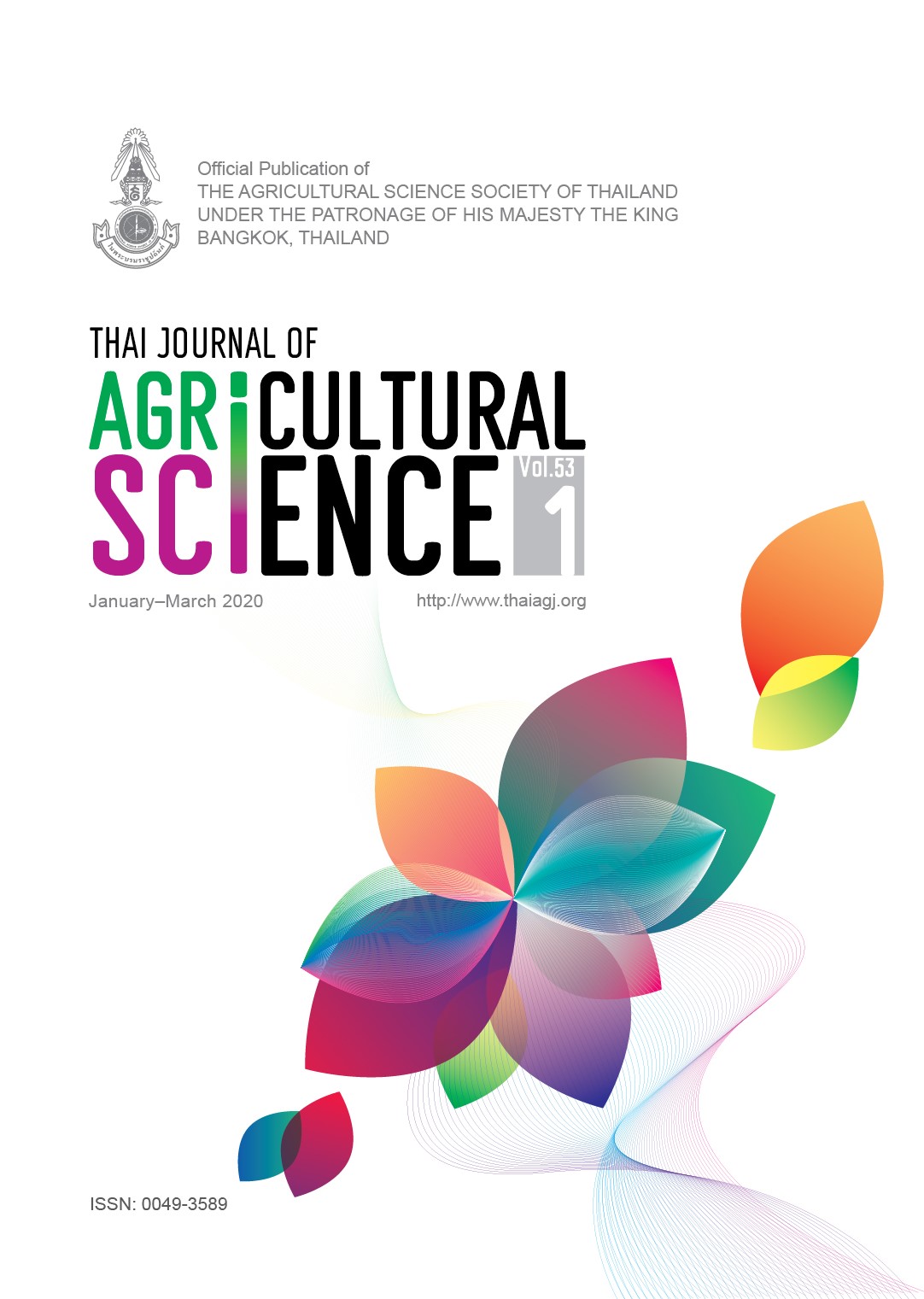Field Observation the Female Reproductive Maturation of the Spotted Catfish, Arius maculatus that Inhabit in Estuarine Areas of Pranburi River, Thailand
Main Article Content
Abstract
The Arius maculatus is one of the most economically important estuarine fish and a potentially viable estuarine fish for aquaculture in Thailand. However, an adequate understanding of its reproductive biology, in order to support the aquacultural development and fisheries management of this fish, is currently lacking. The goal of this study was to reveal the female reproductive maturation of A. maculatus inhabiting different water salinities (from lowest to highest salinities), using visual and histological observations. For the entire range of salinity, the female reproductive system evidenced similar morphological events, being paired organs of a creamy ova color before uniting into the short oviduct. Histological evaluation in all samples was of the ovarian maturation, which was contained in the differentiating stages of oocytes. It was considered to be an asynchronous oocyte pattern. The developing oocytes were classified into five distinct phases including the oogonial proliferation, the primary growth phase (2 sub–stages: perinucleolar and oil droplet and cortical alveolar stages), the secondary growth phase (3 sub–stages: early secondary growth, late secondary growth and full–grown oocyte stages), the atretic oocyte and the post–ovulatory follicle. Note that the pronounced atretic oocyte, especially in the secondary growth phase, was significantly different (P < 0.05) in the lowest salinity. In contrast to the evaluating such post–ovulatory follicles, naturally spawned eggs and some juvenile stages were only found in the highest salinity, implying that this situation was optimal for the spawning season and nursery ground for A. maculatus.


